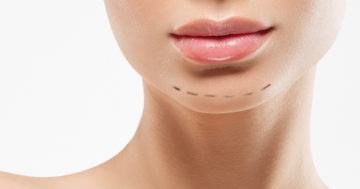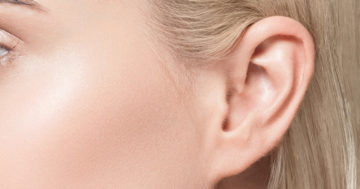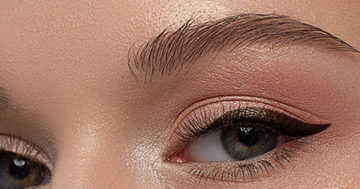Lipofilling
Introduction
Lipofilling is a procedure which uses a person’s own fat to fill in the area(s) to enhance fullness or correct irregularities for aesthetic purpose.
Surgical Procedure
During the process, a surgeon will collect fat from a patient’s own body, usually from the abdomen, buttock, or inner/outer thigh areas (called ‘donor site’), through one or more incisions of 3-5 mm each. The donor site incisions will be sutured. Then, the collected fat will be separated to extract only the pure fatty cells and stem cells to be used for filling.
The fat will be injected to soft tissue layer of the recipient site(s) through a small cannula which will leave no visible scars.
It may be necessary for a surgeon to collect and inject more fat than it’s actually needed; this is because when fat cells are injected, they may be reabsorbed by the immune system or by other factors, meaning that around 30-75% of the injected cells can actually survive.
1 DAY
1 - 3 HOURS
LOCAL ANAESTHESIA
Pre Operative Care
 Before surgery, please inform your surgeon of any allergies, all medical conditions, and any medication that you are taking (both prescription and non-prescription).
Before surgery, please inform your surgeon of any allergies, all medical conditions, and any medication that you are taking (both prescription and non-prescription).  To eliminate the chance of post-op. bleeding, you should avoid aspirin or anticoagulant and any medication containing aspirin for 2 weeks prior to surgery.
To eliminate the chance of post-op. bleeding, you should avoid aspirin or anticoagulant and any medication containing aspirin for 2 weeks prior to surgery. You should not smoke for 2 weeks prior to surgery as smoking can affect your reaction to the anaesthetic and slow down the healing process. It can also increase the risks for complications, and delays of healing process, while decrease the survival rate for grafted fat cells.
You should not smoke for 2 weeks prior to surgery as smoking can affect your reaction to the anaesthetic and slow down the healing process. It can also increase the risks for complications, and delays of healing process, while decrease the survival rate for grafted fat cells.  Patients who suffer from hypertension must inform the surgeon prior to surgery. It’s vital that you discuss your expectations of the outcome of the surgery and listen to the surgeon’s opinion.
Patients who suffer from hypertension must inform the surgeon prior to surgery. It’s vital that you discuss your expectations of the outcome of the surgery and listen to the surgeon’s opinion.
Post Operative Care
Oral antibiotics, pain reliever, anti swelling medications and wound dressing material are provided upon discharge from the hospital. Bruising, swelling, discomfort, tenderness and mild numbness can occur at the donor and recipient sites for about 3 days after surgery and should gradually subside. You may be provided a cold pack and a compress to use in the first few hours following surgery to minimize the swelling. A special garment must be worn for approximately 4-6 weeks to support the tightened area following surgery. Bras or other constrictive clothes are not allowed for 3 weeks. Heavy activities such as lifting should be avoided for at least 1 week.
The recovery period is usually about 3 days, varies on each person’s condition. While there may still be some swelling and bruising, most people are happy with the result and return to work and their normal social lifestyle after approximately 7-14 days, with the help of make-up if needed.
Results
Lipofilling is a procedure which uses natural materials (from your own body). It helps correct the irregularities and/or improve the appearance which will increase confidence. The recovery period is short with minimal scars at the donor sites and no scars at the recipient ones.
Risks and Complications
Risks are inherent to any surgical procedure. Asymmetry, overcorrection and irregular shapes may occur. Though, surgeons may overcorrect (inject more fats) at the beginning in case the transplanted cells do not survive. A follow up with a surgeon is required after 5-7 days following surgery. Infection is very rare, yet possible. It’s important that you complete the whole set of anti-biotic, provided by the surgeon. The other possibility is oil cyst and fat necrosis.



